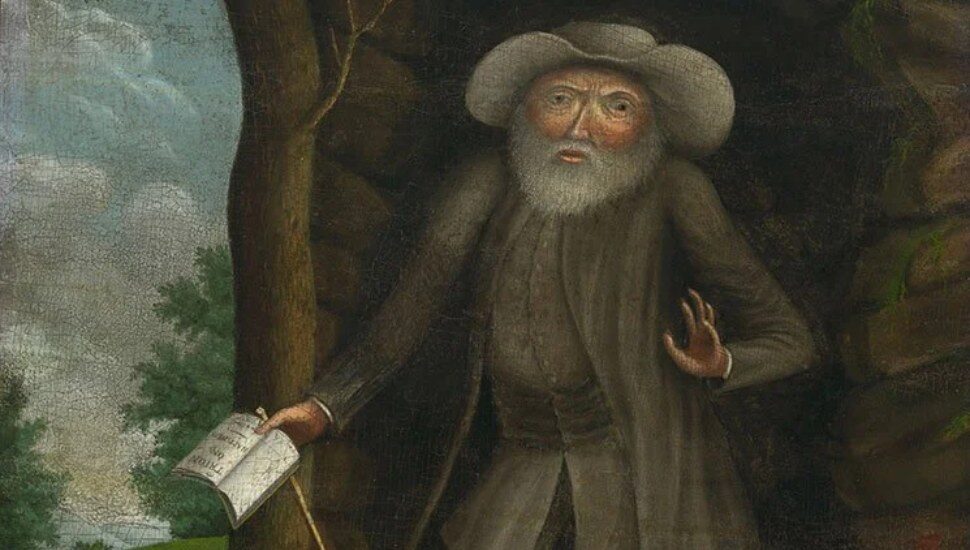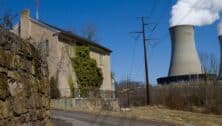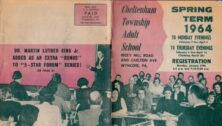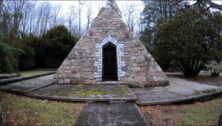Local Cause-Related Protests Are Nothing New, as Evidenced by an Abington Quaker from 1700s

The newsworthy, cause-driven, high-profile protests of today are really nothing new. Marcus Rediker, in Smithsonian Magazine, demonstrated their area longevity in his profile of Abington Quaker Benjamin Lay.
Lay was a British-born abolitionist who carried his theology of freedom to Philadelphia. Almost immediately after arriving here, he was staging radical protests to argue the evils of slavery.
One of his shocking demonstrations involved a Bible rigged to spurt a red juice he hoped would pass for blood. Amid a Quaker congregation of wealthy slave traders, he whacked the book with a sword, spraying the viscous crimson liquid everywhere to illustrate the practice’s cruelty and immorality.
As his fame spread, he was dubbed the “Quaker Comet,” boldly streaking across the religious-political sky, seeking to free his fellow man.
By 1734, the Quakers sought to distance themselves from this radical; feeling ostracized, Lay and his wife left Philadelphia to relocate in Abington.
Lay turned to writing to continue spreading his antislavery message. He wrote a book that only Benjamin Franklin was brave enough to print.
The Abington home became a respite as Lay aged, slowed physically by the years but undimmed in his passion.
By 1758, his Quaker church that had rejected him came around in its thinking, formally denouncing the practice of slavery.
A year later, Lay, with knowledge of the religious-philosophical turnaround of his church, he passed away in Abington at age 77.
More on Benjamin Lay is at the Smithsonian Magazine.
Connect With Your Community
Subscribe to stay informed!
"*" indicates required fields




























![95000-1023_ACJ_BannerAd[1]](https://vista.today/wp-content/uploads/2023/03/95000-1023_ACJ_BannerAd1.jpg)



















